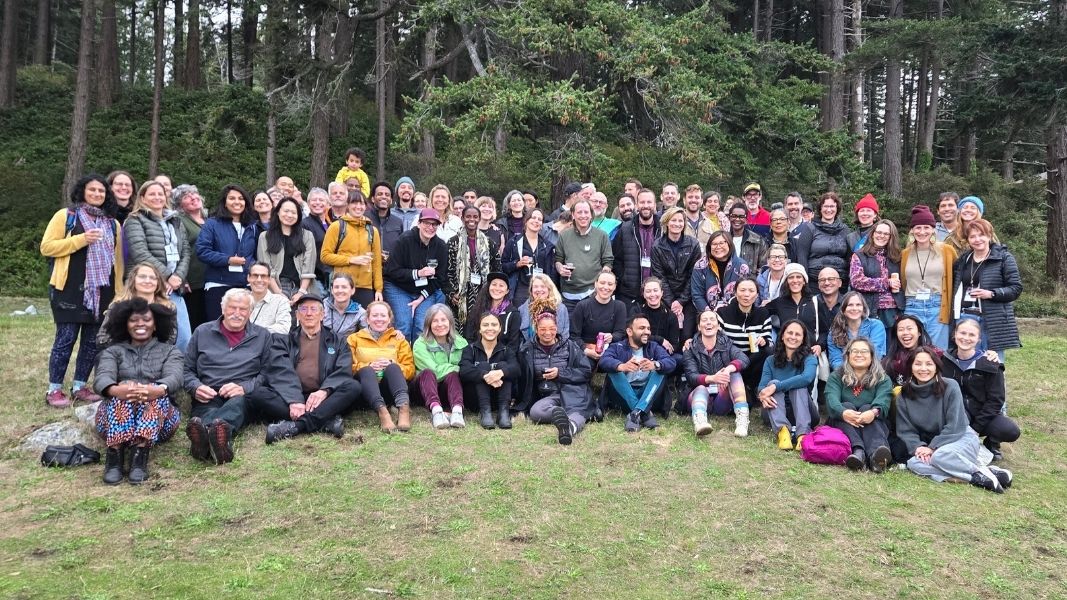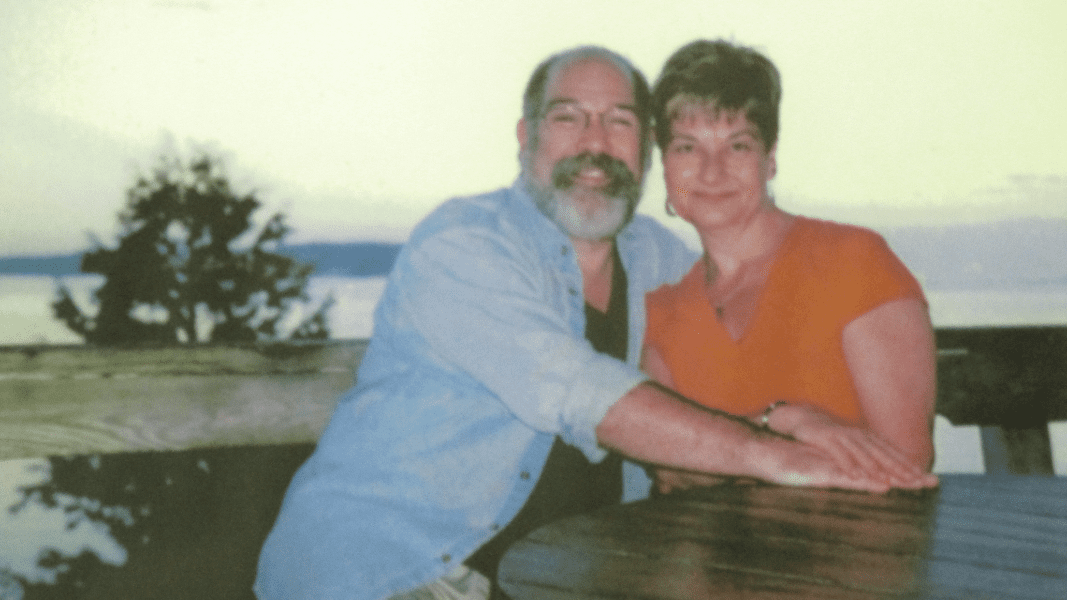This article was originally posted by Mike Rowlands at Junxion.
Last summer, we were working with a new client to develop their next strategic plan. They already knew what would occupy most of their next two years, so we were focused on 2021 onwards—starting with a ten-year vision. It was like pulling teeth.
We were facilitating a retreat with the board of directors and senior management, a smart, highly capable group that was bound to keep us on our toes. The first round of visioning built was from a guided meditation, a slightly uncomfortable practice for some, but one we’ve found helpful in shifting people into their creative right brains and into long term thinking. As the group broke into small groups to share what they’d envisioned individually, some valuable insights began to emerge: the clients they might focus on serving, new services they could deliver, and potential expansion into new markets.
Likewise, some differences of opinion emerged: Should they grow to new markets or deepen engagement in those where they already operate? Should they narrow their focus to particular industries, or expand to serve any like-minded, values-aligned clients? The discussions were fruitful and vibrant, stoking bold debates that we, as facilitators, were vigilant to keep focused and productive. At some points, emotions ran hot; at others there were laughs and high fives.
Through cycles of questioning, analysis and more questioning, we poked, prodded, and pushed the group to find agreement and clarity on their vision, until at some point in the first afternoon of our two-day retreat, one of the board members interrupted the conversations to voice her opinion, “I think we’ve done enough on vision.” The room went quiet. “I think we need to get focused on what we’re doing next year.” All eyes turned to look at us. It felt like a make or break moment….
How can you set strategy if you aren’t clear where you’re going?
“You aren’t there, yet,” I said, with as much clarity and compassion as I could muster. “Most resources are committed for the next two years. We’re here to help you define your strategy for the three years after that… and we can’t do that until we’re clear on where you want to go.”
She looked skeptical. Perhaps even exasperated. A couple of others around the table looked sympathetic to her point of view. Many were looking at me, seemingly wondering what I might say next….
There really was a lot at stake. Theirs was one of the many companies that struggled through the economic downturn of 2008. Ten years on, though they’d recovered and were doing well, their culture was held in a short-term focus; they were planning a year at a time, and navigating based on incremental improvements and short-term opportunities. We had been hired with the explicit mandate to shift their thinking toward the long term. They’re a social purpose business with a very clear ambition to drive significant societal impact, so we kept pushing.
Over the next few hours, we would push the horizon of their thinking out further than they found comfortable. We would push them as a team to find alignment on what’s possible—and on what they should prioritize. And in some cases, we would push them at a personal level to embrace a new, unfamiliar perspective.
Breakthrough happens only when you push really hard.
Defining a clear, ambitious 10-year vision is imperative in your planning. And it’s incredibly difficult. It will take time, hard work, and a deep group commitment to finding agreement. And it’s worth it.
Once your vision is clear, so much else quite readily falls into place.
Here are five essential ingredients for a well-crafted vision.
- Your vision should answer a seemingly simple question: How will the world be made better by your work? While your ‘world’ might literally be the planet as a whole, or your community, or your neighbourhood, your vision describes the positive impact you’ll set out to have. (Your vision is not the shape, style, or services you’ll offer. Nor is it internally focused. That’s old economy thinking—the kind of thinking that got us into problems like the climate crisis.)
- Your vision should be aspirational—the sort of big, shoot for the stars thinking that inspires people, rousing your colleagues out of bed in the morning. It might be so big your organization can’t get there on its own. Hence the 10-year time horizon. Give yourself time to do something truly meaningful.
- It must also be actionable. Your vision should enable everyone on your team to sit back after a hard week’s work and answer, “Did I move is toward our vision this week?” with a resounding, “Yes!”
- It must be brief. Aim for seven words. Yes, seven. This ensures people will be able to remember it! (Though it should be so inspiring, they’ll remember it anyway: see point two!)
- It must be clear. Strip away the jargon—especially the jargon of your own industry. Everyone should be able to understand what you’re hoping to achieve. This is a vital precursor to the transparency of operations so essential to contemporary professional life.
We’ve been fortunate to work with—and push!—dozens of ‘world-changing clients.’ Our strategic plans are consistently described as “the best plan we’ve ever had.” The one thing nearly all have in common is that they start with envisioning well, generously, and ambitiously.
That client I described…. Shortly after completing their work on a new strategic plan with us, a game-changing opportunity came their way—one that was now easy to assess, in light of their newly defined vision. We’ll publish the case study soon.
Yes, it takes focused work. No, it isn’t always simple. But it doesn’t need to be like pulling teeth! We’ll help you define a breakthrough, 10-year vision for your organization—and for yourself—this September 16-19 at Business Inside Out. Will you be there?
Designed for leaders of social purpose and technology ventures, Business Inside Out will be an intensive retreat to accelerate personal leadership and business growth. Attendees will envision their next 10 years, and leave with the tools, skills and support to ensure their success.










